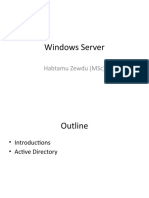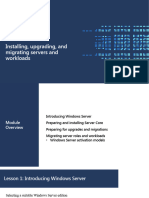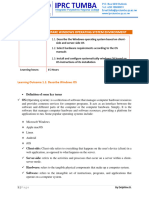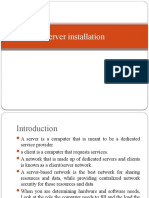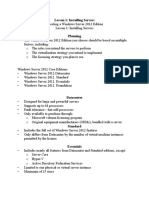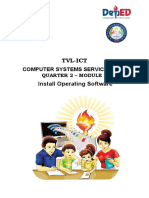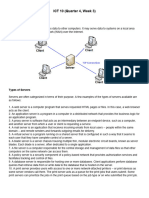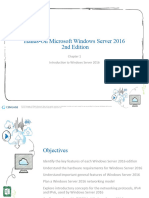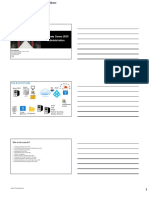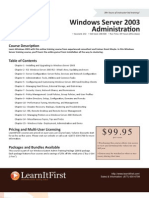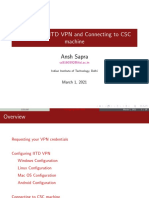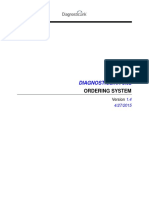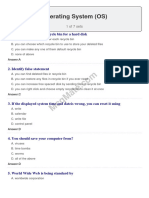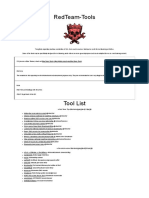0% found this document useful (0 votes)
10 views33 pagesSession 1 (Intro To Server)
The document provides an introduction to servers, covering their definition, important aspects such as scalability, reliability, and availability, as well as common server operating systems like Windows Server. It also discusses virtualization, its benefits, and types of hypervisors, along with an overview of Windows 10, including its system requirements. The content is structured into sections that detail server components, operating systems, and installation types.
Uploaded by
amritthannooCopyright
© © All Rights Reserved
We take content rights seriously. If you suspect this is your content, claim it here.
Available Formats
Download as PDF, TXT or read online on Scribd
0% found this document useful (0 votes)
10 views33 pagesSession 1 (Intro To Server)
The document provides an introduction to servers, covering their definition, important aspects such as scalability, reliability, and availability, as well as common server operating systems like Windows Server. It also discusses virtualization, its benefits, and types of hypervisors, along with an overview of Windows 10, including its system requirements. The content is structured into sections that detail server components, operating systems, and installation types.
Uploaded by
amritthannooCopyright
© © All Rights Reserved
We take content rights seriously. If you suspect this is your content, claim it here.
Available Formats
Download as PDF, TXT or read online on Scribd
/ 33
